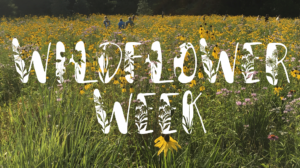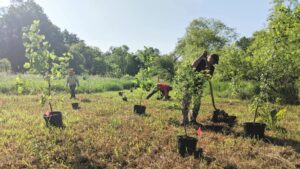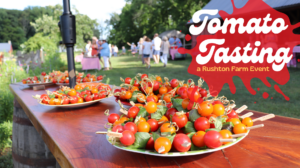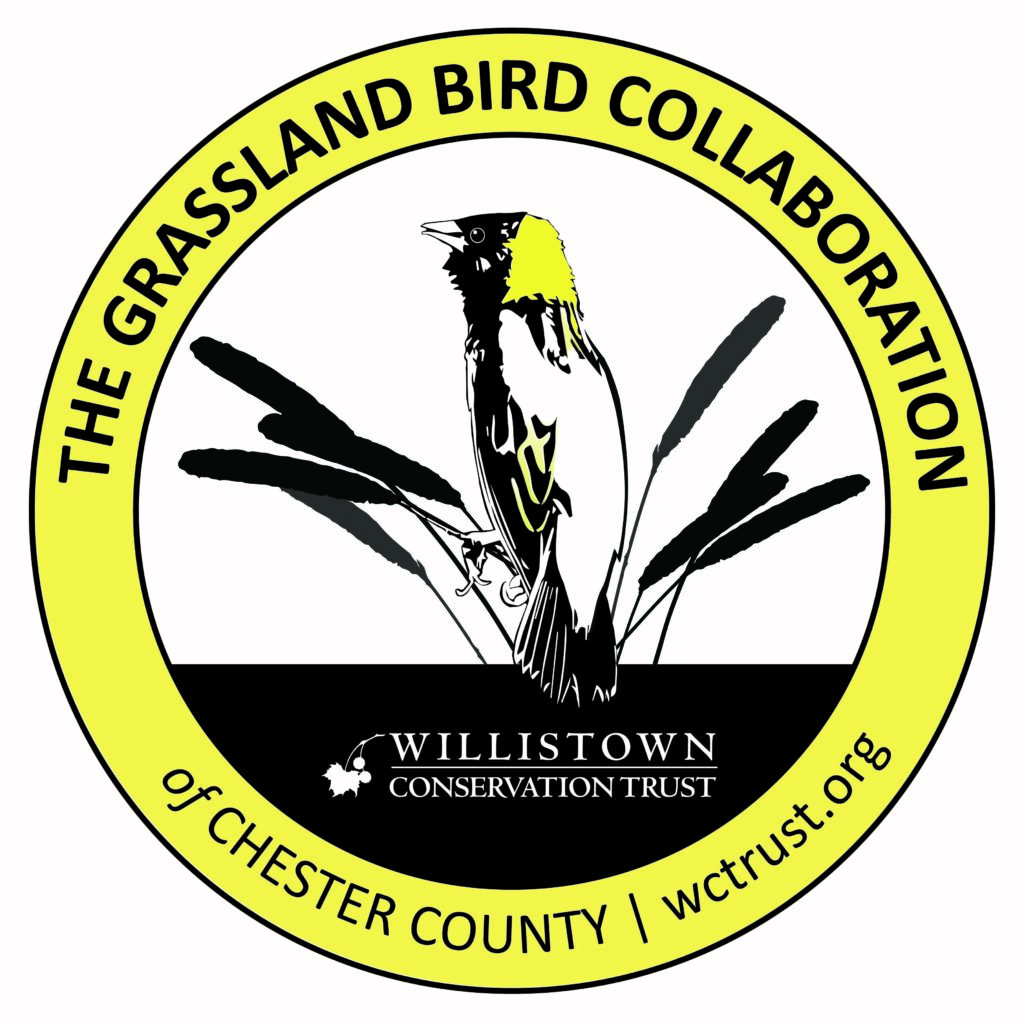
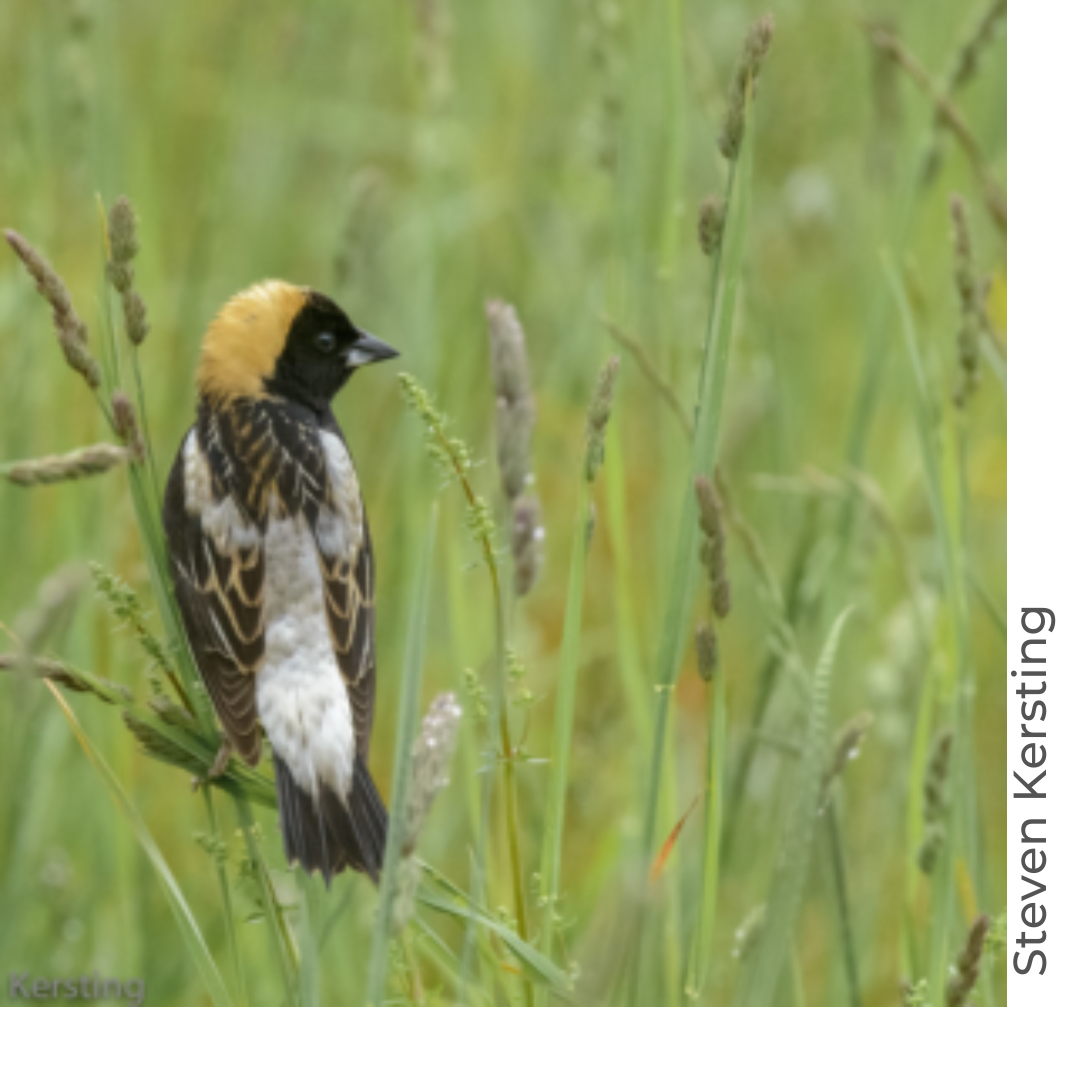
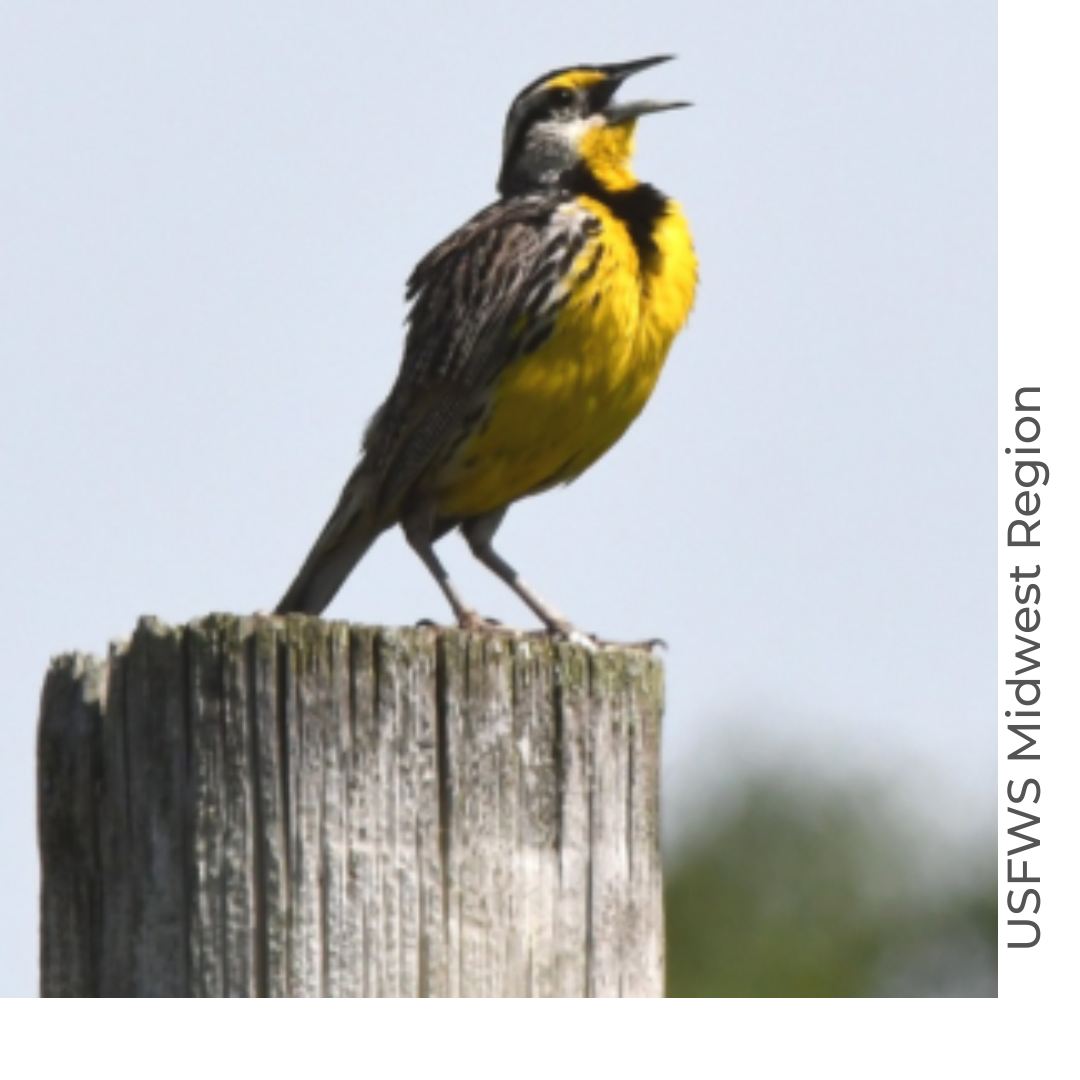
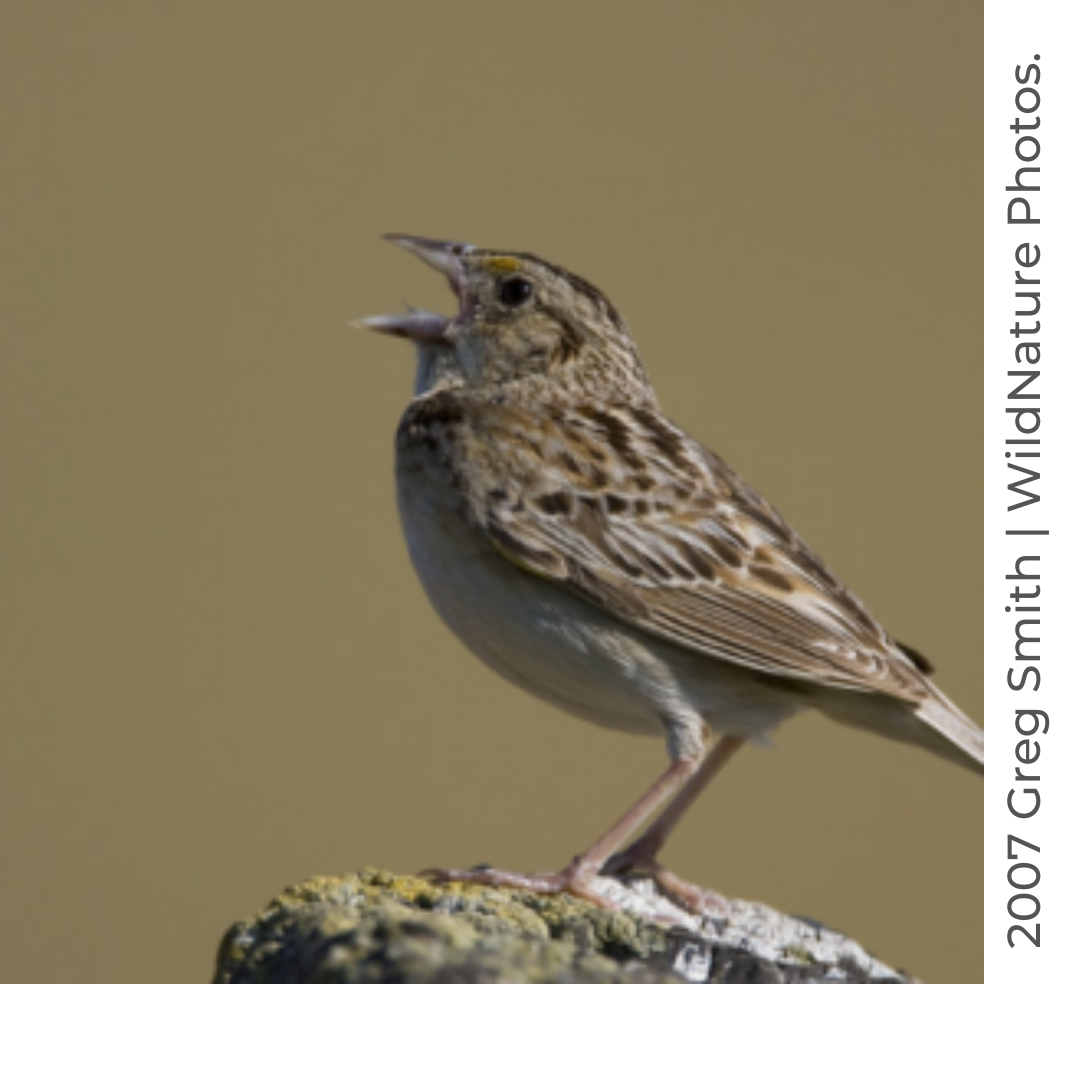
WHY IS THE GRASSLAND BIRD COLLABORATION SO IMPORTANT?
Grassland Birds are experiencing the largest landbird declines of any habitat group.
Scientists estimate populations of many bird species are just half of what they were in 1970. Two-thirds of grassland birds have experienced population declines, and one-quarter of these species, including the beloved Bobolink, are Tipping Point Species. From 1970 to 2019, Tipping Point species have experienced population losses of 50%, and, in the next 50 years, they are on track to lose another 50%.
The good news is losses of these birds can be reversed.
Locally, we can help these birds before they are endangered through voluntary cooperation powered by partnerships among landowners, farmers, and conservation organizations.
The Grassland Bird Collaboration (GBC)
The GBC program endeavors to work collaboratively with our partners to support grassland
bird populations and ensure their survival.
Our goal is to create a grassland bird conservation area made up of working landscapes and existing nature preserves in southern Chester County’s preservation greenbelt. These lands will serve as a focal area for conservation efforts where partners work together to address the issues affecting declining grassland species while appreciating and promoting the economic and aesthetic values of the agricultural lands in the conservation area.
Success can only be achieved through collaboration. The GBC was established to conduct outreach to understand agricultural and economic factors related to grassland management and provide guidance for management based on grassland species’ needs. The GBC’s recommendations are developed from research on breeding and movement within different field management areas.
Donate to The Grassland Bird Collaboration
Resources
Grassland Bird Collaboration Grassland Birds
Local Research and Key Findings
We have been researching grassland bird species in the greater Doe Run area for nearly a decade. We have learned about their habitat needs and where they are most likely to occur across the landscape. And, with the assistance of Motus nanotags, we have learned about the birds’ movement patterns and their use of individual fields within the landscape.
We now know birds are not stationary during breeding. This movement is an indication of the connectivity of the landscape. Individual fields provide resources at different times. Some fields are vital breeding areas; while other fields may provide important foraging areas or “staging” areas in preparation for migration.

Because grassland birds occupy fields based on a range of habitat needs, the landscape can be viewed as a mosaic, providing for a variety of needs and outcomes. This approach allows for flexibility in managing the landscape. For example, birds react differently to mowing. When mowing occurs by late May, Eastern Meadowlarks and Grasshopper Sparrows can return to a field and breed; whereas, Bobolinks need fields to remain undisturbed until after breeding. Knowing the composition of species in a field allows mowing schedules to be established based on those species’ needs.
Shifting mowing dates to occur outside of peak breeding activity can increase breeding success among ground-nesting birds. When there are babies and fledglings in a field, a “no mow” period allows young birds to develop in a safe environment before nesting grounds are disturbed. Having more birds successfully emerge from the nesting cycle will, over time, help boost population numbers.
With these encouraging findings, we have an opportunity to make the Greater Doe Run area a hot spot for grassland bird conservation.
It will take landowners, farmers, and conservation partners working together to demonstrate how steep declines in these species of greatest concern can be reversed.
Grassland Bird Breeding Areas
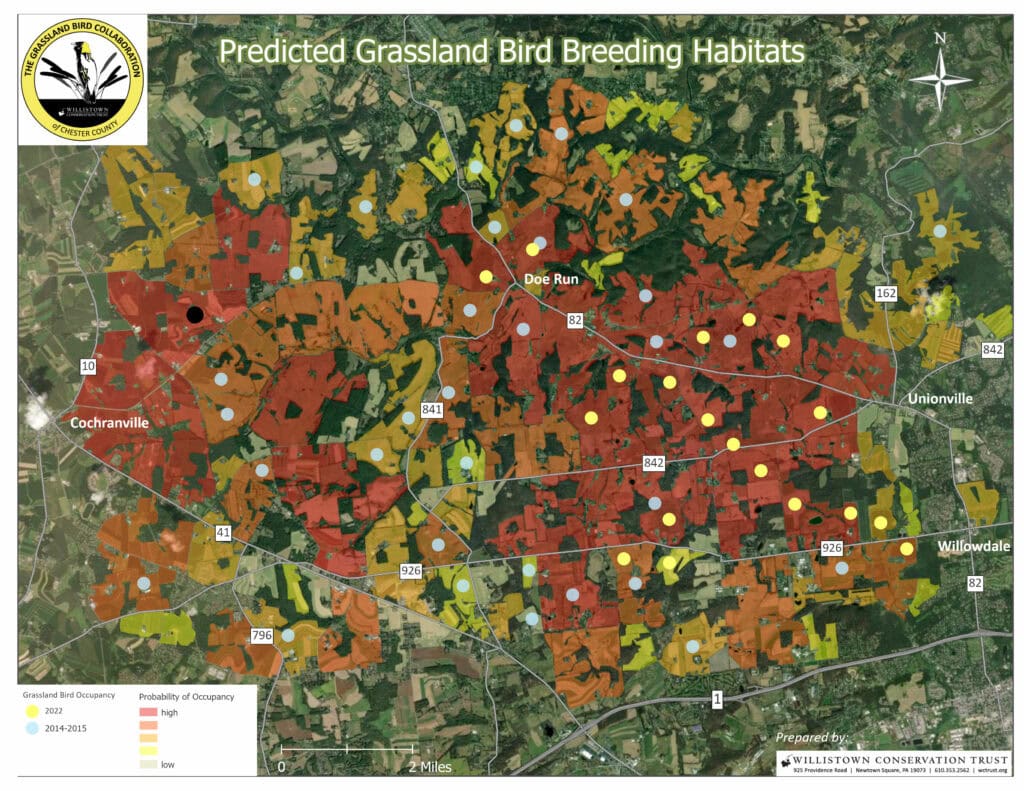
It will take landowners, farmers, and conservation partners working together to demonstrate
how the steep declines in these species of greatest concern can be reversed.
To Register for a Landowner Site Visit or to get more information, please contact:
Zoe Warner, Grassland Bird Consultant, Willistown Conservation Trust: zmw@wctrust.org
Lisa Kiziuk, Director of Bird Conservation, Willistown Conservation Trust: lkr@wctrust.org

